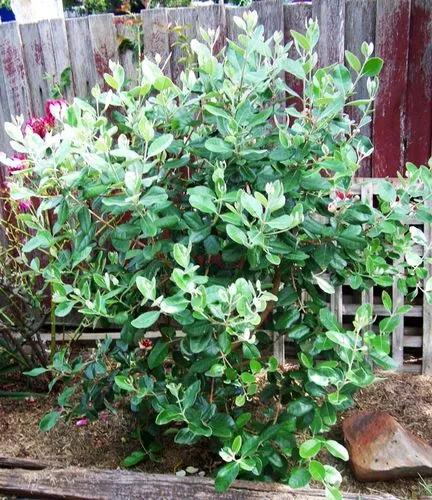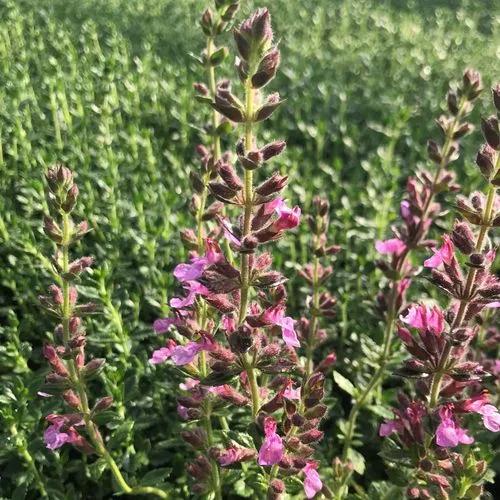It is a strong, fast grower that offers non-stop color all season long. The eye-catching Crazytunia flowers are self-cleaning, love the heat, and have excellent weather tolerance. They will not go straggly, no trimming needed.
Trailing Petunia Moonstruck Care
Petunia hybrid



How to Care for the Plant

Water

Hanging petunia plants may need water daily during the summer, and maybe even twice during periods of extreme heat. Water deeply, then let the pot drain. Never allow the soil to remain continually wet, as your petunias are likely to rot in soggy conditions.

Pruning

Before you begin cutting back petunia plants, take a close look at them. Notice that the plants – whether they are the Wave varieties, Super Petunias or just regular ones – only produce flowers at the very end of the stems. That means that as those stems grow longer, you’ll have flowers at the very end of bare stems. For best results, start pruning petunias soon after you install them in your yard. Cutting back petunia plants is not hard. You need to clip a few stems every week. Start early, even if this means you must trim off stems that have attractive flowers on them. Whenever your petunia stems are eight inches long (20 cm.) or longer, begin the pruning schedule. If your plants are small when you buy them and the stems are shorter than eight inches (20 cm.), you can wait awhile to clip. Here’s how to cut back petunias. Each week, you clip three or four stems in half, making the cuts above a node. The petunia plant will then produce two new growing tips just below each cut, and those tips will begin flowering soon. Pruning petunias regularly from the time you buy them will keep your plants gorgeous and healthy.

Fertilizer

Petunias are heavy feeders. Apply a slow release fertilizer at the time of planting, then follow up with a liquid fertilizer every week or two throughout the season. Place your containers where they will receive full sun – six hours per day is good but eight is preferable for the fullest possible blooms.

Sunlight

Petunias need full sun or they will become spindly. They don’t tend to flower well in shade.

Temperature

The annual or bedding petunias can be grown from seed sown indoors with warmth in spring in cell trays, seed trays or small pots at a temperature of 18-24°C (65-75°F).

Popularity

60 people already have this plant 33 people have added this plant to their wishlists
Discover more plants with the list below
Popular articles






